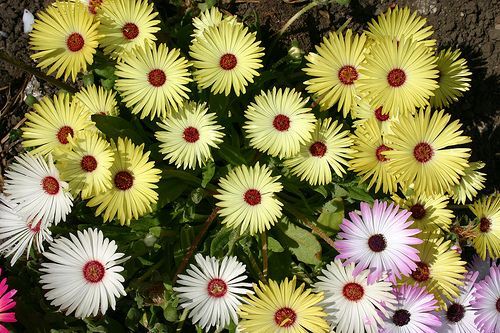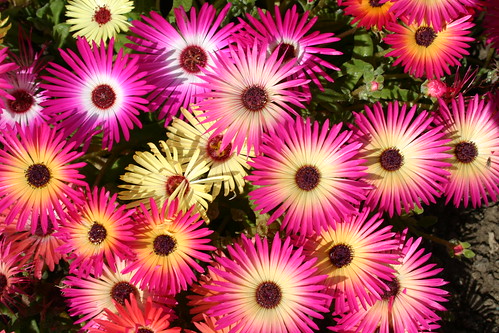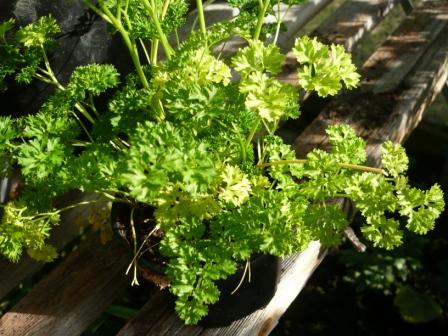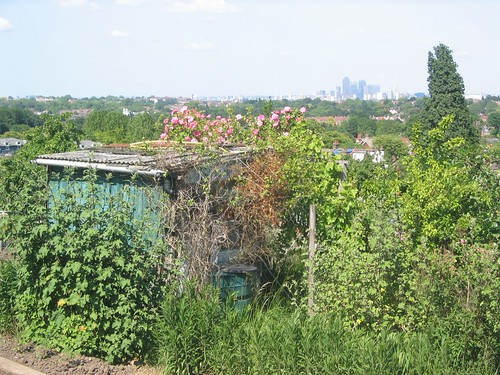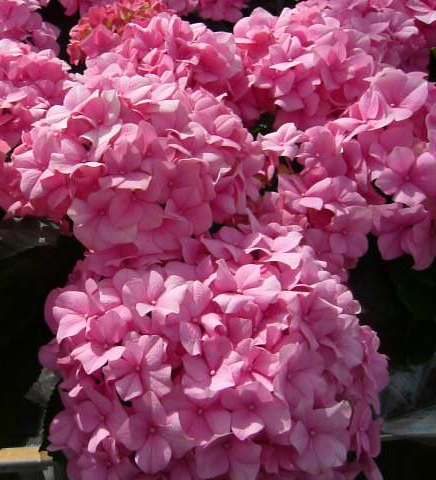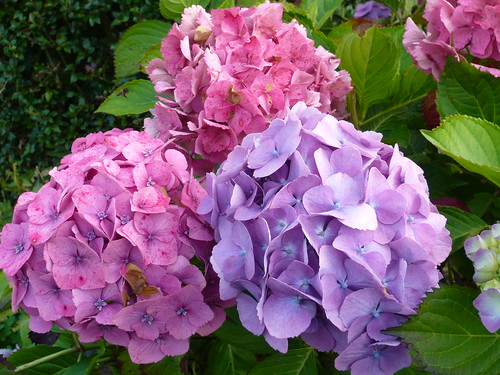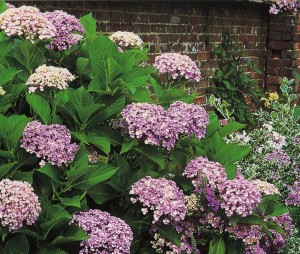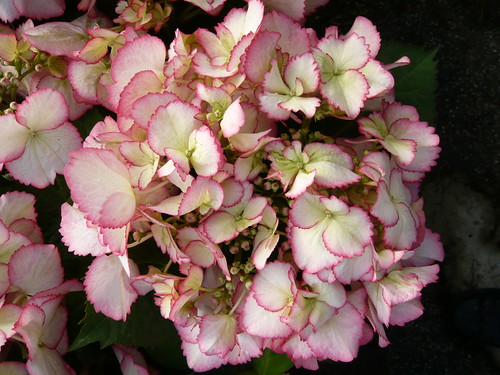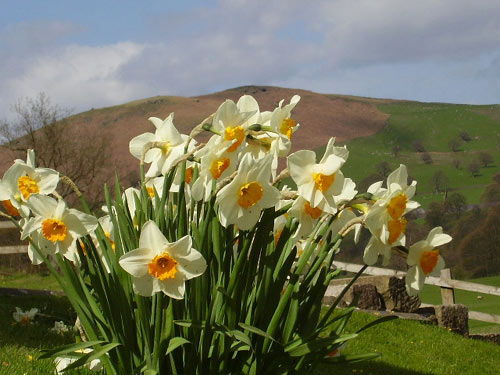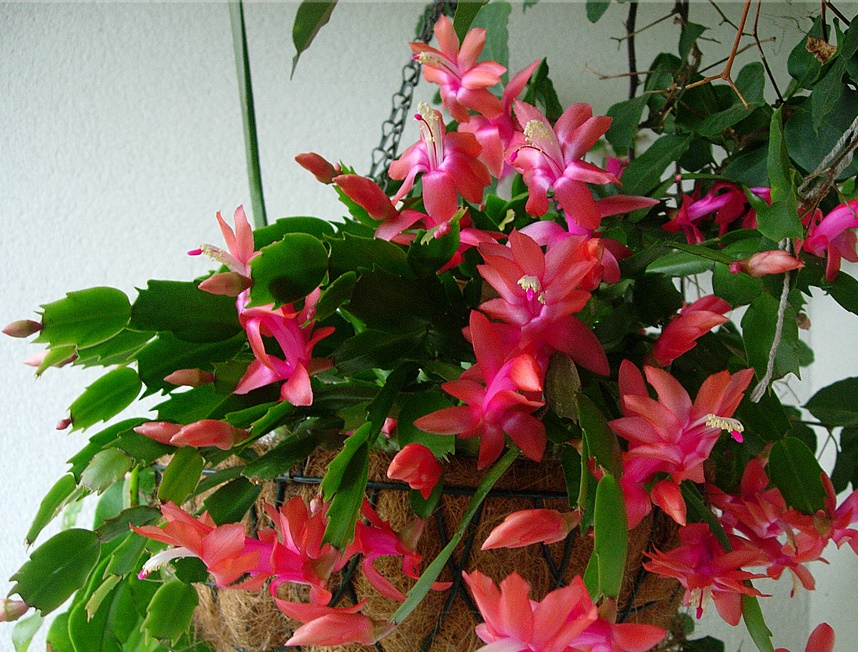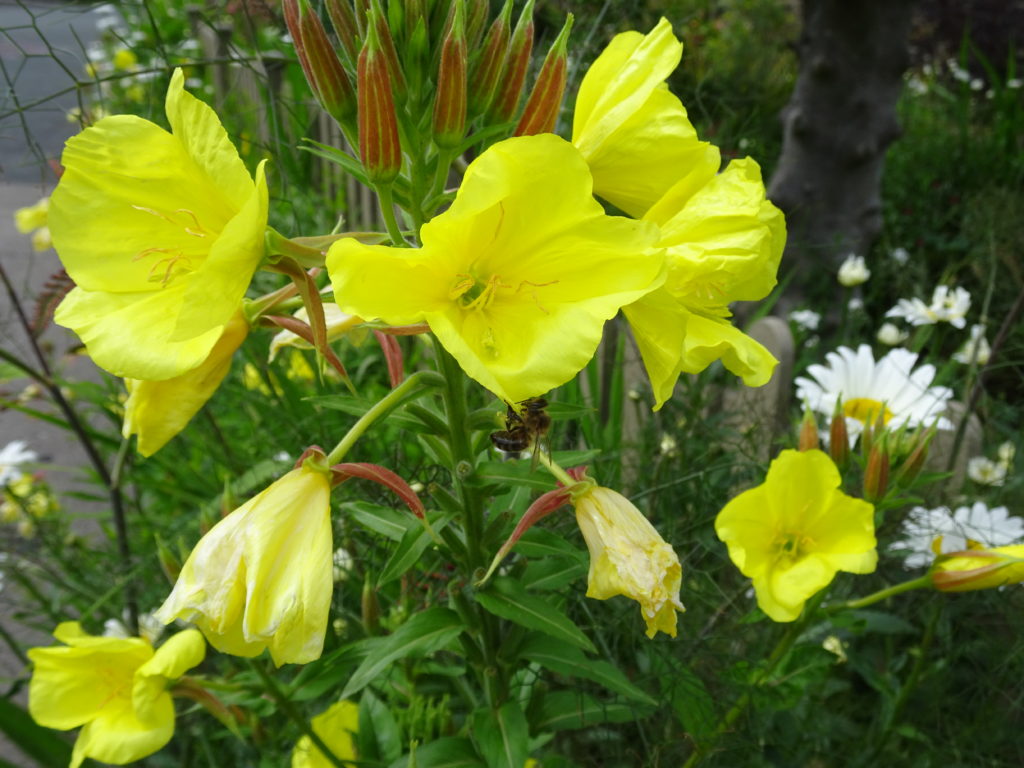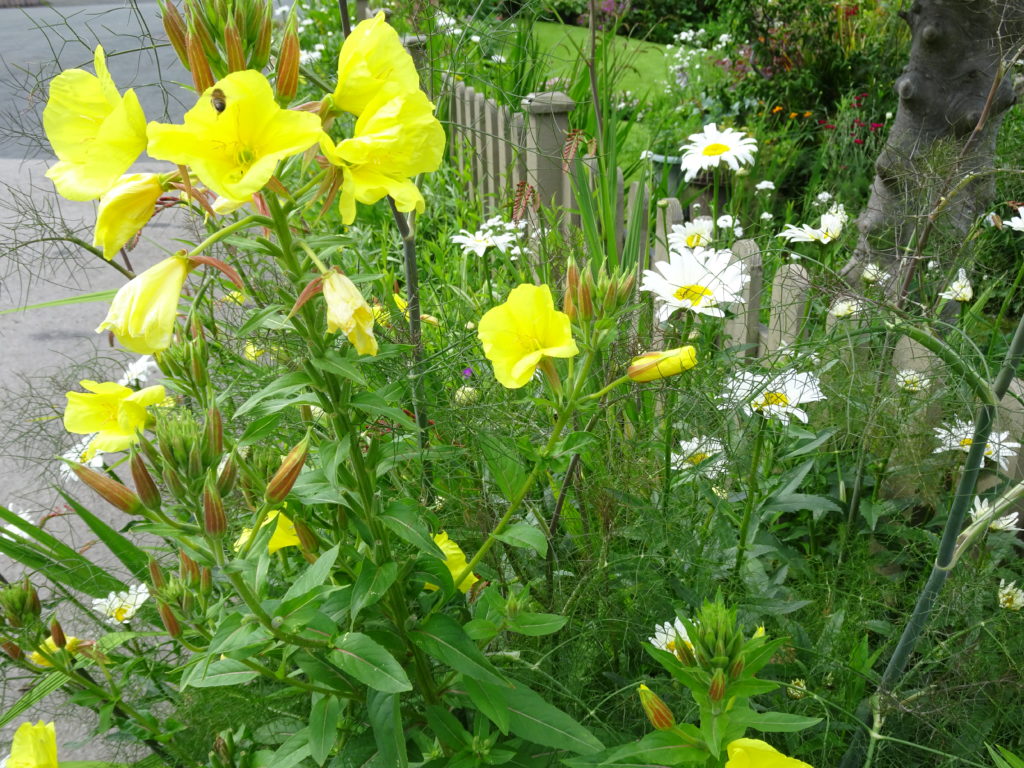Growing Iris siberica
Iris sibirica is a clump forming member or the Iris family. In this walled garden the clump has been left undivided for several years and looks good in early summer with its blue flowers held above the foliage.
Growing Siberian Iris
- Iris siberica is widely and easily grown in gardens with moist sunny conditions.
- This Iris is the parent plant of many hybrids that vary widely in flower colour.
- The roots grow and spread with the foliage, neither bulbs, rhizomes nor stolonesque.
- The flower stems usually carry three buds which open to 3″ wide flowers.
- The leaves look deep brown in Autumn.
Siberian Iris Botany
- Iris siberica is one of eleven species of Siberian iris split into two groups.
- 28 Chromosome group are the easiest to grow comprising Iris siberica, closely related Iris typhifolia and Iris sanguinea .
- Iris siberica has been cultivated since Carolus Clusius 1526-1609 and there are numerous hybrids.
- 40 Chromosome species include I. bulleyana, I. chryographes, I. clarkie, plus the later flowering I. delavayi, I. dykesii, I. forrestii and I. wilsonii.
- In another series Tripetalae there are 2 more species the easy grown Iris setosa, 2-3′ tall with six or more flowers and Iris tridentata.


